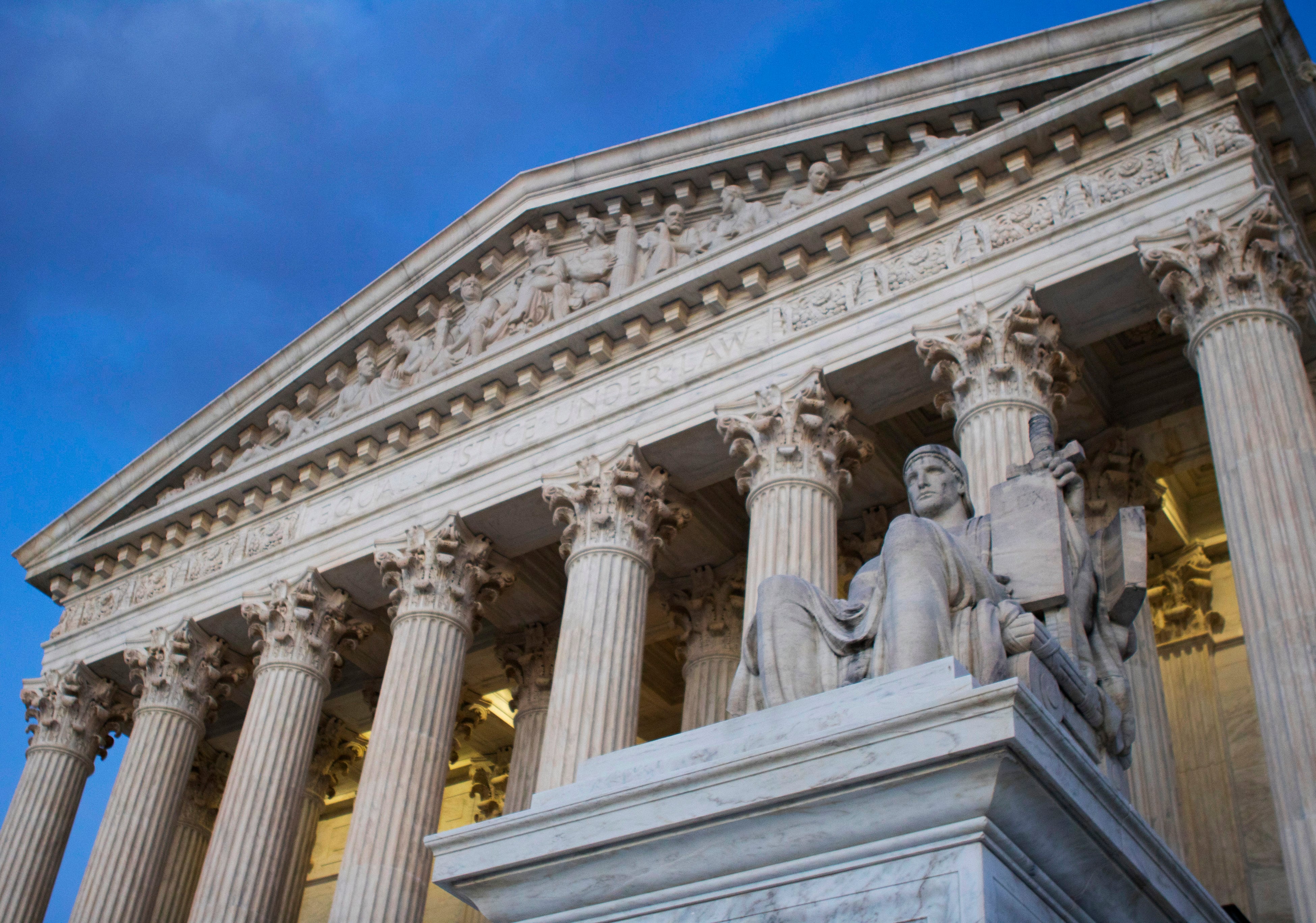The Supreme Court listened to arguments Tuesday in a case to determine whether veterans with disabilities can collect decades’ worth of retroactive benefits from the Veterans Administration.
Adolfo Arellano, who joined the Navy in 1977, was aboard an aircraft carrier in 1980 when a collision killed and injured several of his shipmates and nearly swept him overboard.
He was honorably discharged in October 1981, according to court documents. Decades later, a VA doctor determined that the traumatic collision had given Arellano psychological issues — including schizoaffective disorder, bipolar disorder and post-traumatic stress disorder — and left him 100% disabled.
But for the first 30 years after his discharge, Arellano did not file for disability benefits. This, his lawyers say in their brief, was because the extent of his disability prevented it. Only in 2011 did his brother, who is also his caregiver, file a claim. Arellano’s brief doesn’t address what prevented his brother from filing a claim earlier.
The VA awarded Arellano disability benefits but did not back-pay him the hundreds of thousands of dollars he could have received across the three decades that preceded his claim.
Arellano’s lawyers have asked the justices to consider whether the Navy veteran is eligible to receive the sum of the benefits he would have been entitled to had he filed for them earlier.
A federal statute allows veterans to receive months’ worth of retroactive benefits if they file within one year of becoming disabled. Arellano’s lawyers argue that this time limit should be subject to equitable tolling, a legal principle that gives individuals leeway on time limits in extraordinary circumstances.
Arellano appealed his case to a VA higher court and then to the U.S. Court of Appeals for the Federal Circuit. In summer 2021, a panel of 12 Federal Circuit judges remained split on the legal issues but agreed that Arellano was not entitled to back pay.
The Supreme Court is tasked with answering whether veterans like Arellano can rely on equitable tolling to receive retroactive benefits if they miss the VA’s one-year deadline. The case hinges on technical legal questions, including whether that deadline counts as a statute of limitations, which could open it up to equitable tolling.
But the stakes of the case are far from merely technical for service-disabled veterans. Decades’ worth of retroactive disability compensation could add up to substantial sums for select veterans. Several veterans organizations filed briefs in support of Arellano, arguing that current law strips benefits from the veterans who are the most severely disabled.
A group of veterans who were subjected to the Army’s mid-century Edgewood Arsenal human experiments said in a brief that equitable tolling would help them secure the disability benefits they deserve. Because these veterans had been sworn to secrecy about being subjected to chemical tests, they had not been permitted to submit claims for an extensive period.
The justices won’t make their views on the case public until releasing a decision, one that will likely come in the spring or early summer. But the questions asked during the oral argument could hint at how the jurists will ultimately decide.
On her second day of her first term, Justice Ketanji Brown Jackson assumed an active role in the oral argument, throwing several questions at Arellano’s lawyer, James Barney. Chief Justice John Roberts and Justice Elena Kagan, meanwhile, had more pointed questions for the government’s lawyer.
Even if the justices accept the argument that veterans can seek retroactive disability benefits, it is by no means certain that Arellano will receive any additional money. A lower court would likely first have to review the particular facts of his case.
Irene Loewenson is a staff reporter for Marine Corps Times. She joined Military Times as an editorial fellow in August 2022. She is a graduate of Williams College, where she was the editor-in-chief of the student newspaper.





